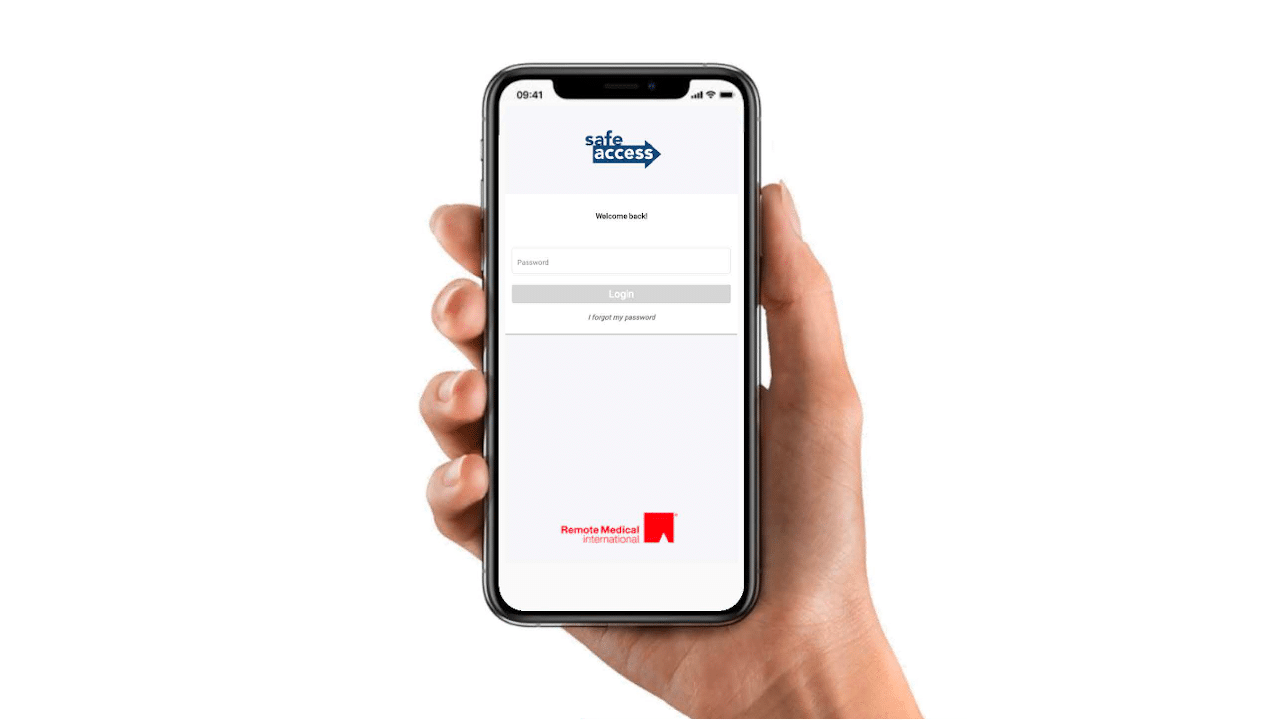Is your organization developing a plan to bring employees back to work safely during the COVID-19 pandemic?
There’s one big question that has probably come up during your team’s preparation: How do we avoid bringing an infected employee into the workplace?
You could implement testing for COVID-19, but as a stand-alone strategy it can be expensive, and in many cases, impractical.
Screening for symptoms and exposure history related to the coronavirus is an additional approach that you should consider as part of the overall strategy.
What is COVID-19 Screening?
COVID-19 Screening is a questionnaire-based approach using CDC guidelines. It helps determine whether a person is experiencing symptoms related to COVID-19 or has recent exposure to COVID-19. Implementing a COVID-19 screening program is simple:
- Have the program participant fill out the questionnaire based on the CDC guidelines daily.
- If they answer yes to any of the questions: have them stay home and follow-up with their supervisor or HR.
- If they answer no to all the questions:Â
- Have them bring the completed questionnaire in with them.
- Verify that they answered no to all of the items.
- Take their temperature to make sure they don’t have a fever and clear them to enter the workplace.
Problems With Large-Scale COVID-19 Screening
For tightly managed work environments with small populations, this basic approach works well. However, when executing this solution at scale, it can generate problems:
- Protected Health Information (PHI): These completed questionnaires contain PHI. HIPAA mandates that you should carefully manage PHI. Having stacks of forms sitting around at various sites puts your organization at risk.
- Limited Visibility: It is difficult to track metrics like the total number of people screened daily or the number of “yes†responses.
- Paper Management: The forms have to be printed, filled out, and once completed, the stacks of records have to be safely stored. Using heaps of paper also raises environmental concerns.
- Inconvenience: This process can be an inconvenience for program participants, which may cause forgetfulness or non-compliance.
The Remote Medical International COVID-19 Screening App
Since no organization wants to deal with stacks of paperwork containing PHI, we decided to partner with SPOT and its Safe Access application.Â
The result of the partnership is RMI Safe Access. It’s a cost-effective solution that streamlines the COVID-19 Screening process via a mobile application or a device with a web browser and internet connection.
How RMI Safe Access Works
- Distribute a hyperlink to the population you wish to screen.
- Screening participants, click on the link and register as a user.
- Screening participants fill out the symptom questionnaire daily.
- If they answer “no†to all of the questions, they gain access to a pass and scan it at a kiosk near your worksite entrance.
- If they answer “yes†to any of the items, we advise them to stay home and set up a custom workflow based on your requirements
- The application resets at midnight every night, and participants repeat the process the following day
Additionally, designated HIPAA trained personnel at your organization can access the administrative portal to view data trends and individual questionnaire responses.Â
RMI Safe Access provides a convenient, paperless, HIPAA compliant, COVID-19 Screening platform with analytics reporting for greater visibility and decision-making power related to your COVID-19 management plan.


